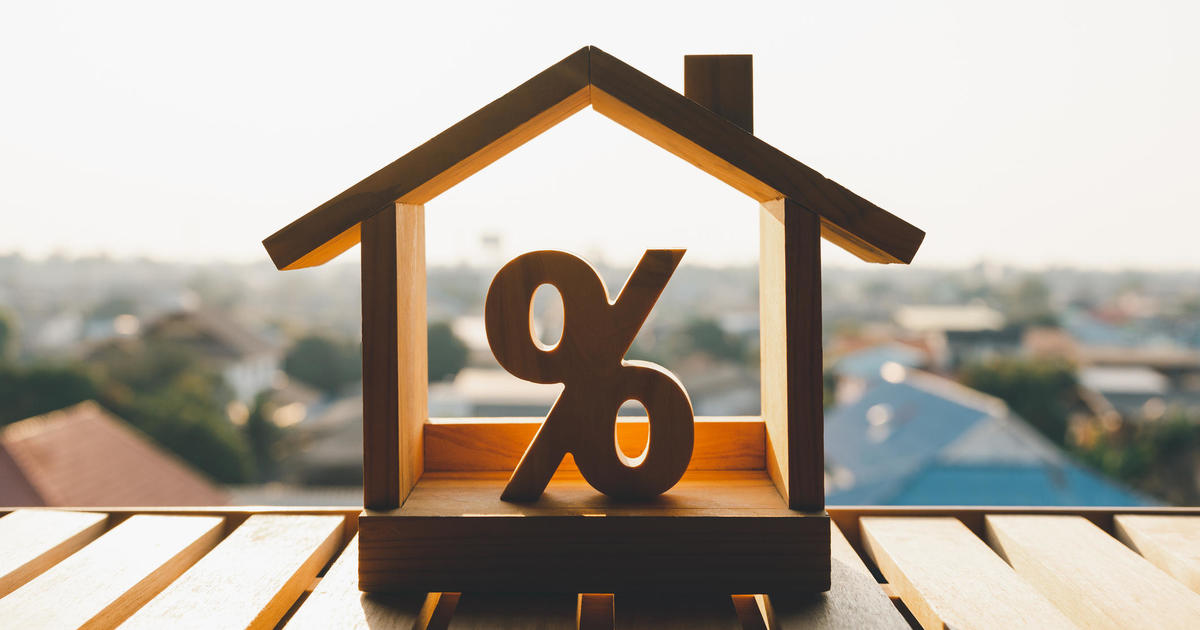Getty Images
Mortgage rates have been less than ideal in recent years. Gone are the sub-3% rates of the pandemic, and in their stead, are mortgage rates in the 6% range — rates that have sent mortgage payments soaring and kept many homebuyers waiting on the sidelines.
Fortunately, though, the days of high rates may be coming to a close. The Federal Reserve has indicated that cooling inflation, which has dropped consistently over the last few months, could mean that interest rate cuts are in the cards starting this fall.
That news has already sent mortgage rates downward, and rates could fall even further if the Fed pulls the trigger. So what should you do as those lower mortgage rates come into view?
Compare today’s mortgage rates and find the best loan options for you.
3 mortgage moves to make before the Fed starts cutting rates
Here’s what mortgage experts say to do before the Fed rate cuts come to fruition:
1. Know your mortgage rate
Lower mortgage rates might be on the horizon, but before you can decide what to do with those, you need to know what your current mortgage rate is. If you already know this, then you’re one step ahead.
“Most homeowners don’t know their exact rate, but they have a general idea of approximately what it is,” says Darren Tooley, a loan officer and sales manager at Union Home Mortgage. “Homeowners may not know exactly what their rate is because sometimes the rate changes during the loan process due to changes with credit or the appraisal, or they hear so many rates advertised that they assume their rate is in line with those.”
If you aren’t sure what your rate is, you have a few options. One is to look at your monthly mortgage statements, which should state your loan balance and current interest rate. You can also contact the loan officer who helped you with your mortgage loan. Contacting your loan servicer could also help.
“You can usually sign up with your lender to get an online account or call your servicing department,” Tooley says.
Find out the best mortgage rates you could qualify for here.
2. Determine what rate drop might make refinancing attractive
Once you know what your rate is, you can then be on the lookout for potential refinancing opportunities. If mortgage rates drop below your current rate, for example, you might want to refinance to take advantage of those, which would lower your monthly payment, too.
“I am already talking to many of my past clients who purchased in the last two years about refinancing,” says Debra Shultz, vice president of lending at CrossCountry Mortgage’s The Shultz Group. “Rates are already significantly lower than they were even just a few weeks ago, let alone six to 18 months ago.”
Just how much lower does a rate need to be to make refinancing worth it, though? That depends.
“Many people think the rate must drop a full 1% to justify refinancing, which is a misconception,” Shultz says. “The benefit isn’t necessarily tied to a specific percentage drop. Larger loan sizes could potentially benefit from a small rate drop, while smaller loan sizes would need a larger rate drop.”
Your best bet is to calculate your breakeven point to determine if refinancing is worth it. To do this, you take the total cost of the refinance (Freddie Mac estimates about $5,000), and then divide it by the monthly savings the refinance would offer. The answer is the number of months it will take you to save more than the refinance cost you.
“I would really say the litmus test for the refinance should be how long it will take you to
recuperate the costs of the refinance,” says John Aguirre, a mortgage broker at Loantown. “If the recoup period is longer than the client will be in the home — or longer than the next projected refinance, then it likely doesn’t make sense.”
According to Tooley, the breakeven point on a larger loan balance is going to be shorter than a smaller one, so keep this in mind as you eye refinancing.
3. Map out your upcoming big expenses
If rates drop, cash-out refinancing rates can get more attractive, too.
“Generally speaking, the rate on a cash-out refinance will be higher than a rate-and-term refinance. Many people have put off a cash-out refinance due to the extra premium you will pay in the rate, so rate cuts would help make a cash-out refinance easier to afford,” Tooley says.
As cash-out refinancing gets more affordable, you might consider one to cover upcoming big expenses — things like home repairs or your child’s upcoming college goals. Take some time to map out these and other potential costs so you can pull the trigger on a cash-out if rates fall enough.
“Cash-out refinances are a great idea to consolidate debt, make home improvements, renovations, cover college tuition, buy out an ex, make a large purchase, or use as a down payment on other real estate,” Shultz says. “Traditional closed-end mortgage rates, as well as HELOC rates, are generally much lower than the rate on credit cards, auto, and personal loans.”
The bottom line
If you do end up refinancing once rates fall, be prepared to shop around. Lenders can vary widely on mortgage interest rates and fees, and comparing a few options can help you get the best deal. In fact, Freddie Mac estimates that you can save about $1,200 per year just by getting four different quotes.
